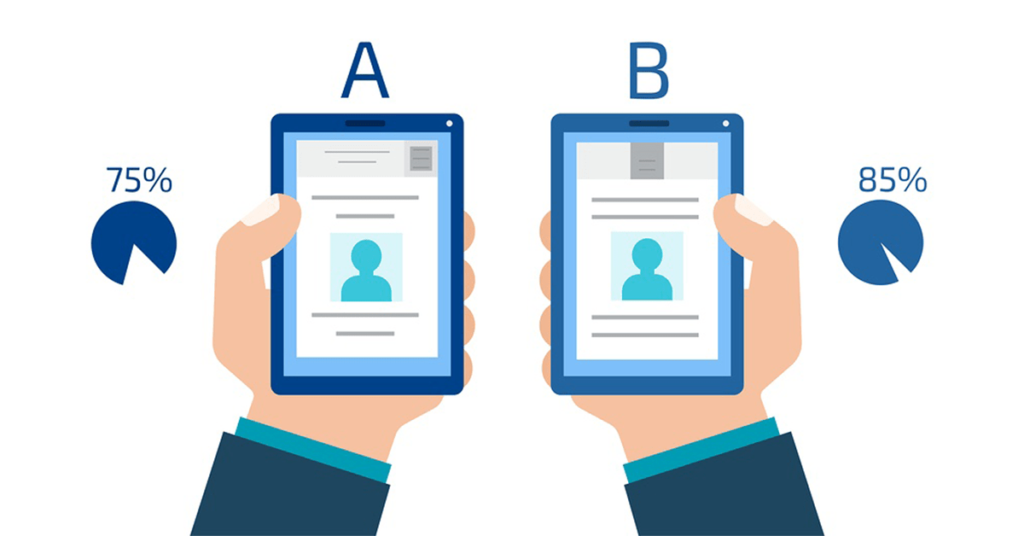When it comes to campaign optimization in the fast-paced world of PPC advertising, A/B testing becomes an indispensable tool. This article explores the value of A/B testing and how companies can use it to improve ad performance and increase return on investment.
Understanding A/B Testing
A/B testing, sometimes referred to as split testing, compares two variations of an advertisement to see which works better. Using this technique, advertisers can optimize campaign elements to increase click-through rates, conversions, and overall effectiveness by making data-driven decisions.
Choosing Variables to Test
Identifying the proper variables is crucial to a successful A/B test. Common aspects to test in PPC advertising include headlines, ad language, graphics, calls-to-action, and landing page layouts. By isolating these variables, advertisers gain insights into what resonates most with their audience.
Crafting Hypotheses
Before launching A/B tests, formulate hypotheses based on your goals. Whether it’s increasing click-through rates or boosting conversions, clear hypotheses guide the testing process. This strategic approach ensures meaningful results and actionable insights.
Setting Clear Goals
Establish specific and measurable goals for your A/B tests. Are you aiming for higher click-through rates, lower cost-per-click, or increased conversion rates? Defining clear objectives enables accurate assessment of test outcomes.
Implementing A/B Tests
Execute A/B tests by running both versions (A and B) simultaneously. Ensure that only one variable is altered between the two versions to accurately determine the impact of the change. Advertisers must monitor performance metrics closely during the testing period.

Analyzing Results
Once the A/B test concludes, analyze the results meticulously. Identify the version that outperformed and assess the statistical significance of the findings. This analysis informs future optimizations and provides valuable insights into audience preferences.
Iterative Testing and Continuous Improvement
A/B testing is an iterative process. Use the insights gained from one test to inform subsequent experiments. Continuous testing and optimization ensure that PPC campaigns evolve based on changing market dynamics and audience behavior.
Importance of Sample Size
Ensure that your A/B test has a sufficient sample size to yield statistically significant results. Small sample sizes may lead to unreliable conclusions, so it’s crucial to gather enough data for accurate analysis.
Impact on Ad Quality Score
A/B testing not only influences immediate performance metrics but also contributes to improving the ad quality score. Higher quality scores result in better ad placements and lower costs, amplifying the overall effectiveness of PPC campaigns.
Testing Beyond Text Ads
Extend A/B testing beyond text ads to explore other PPC formats, such as display ads, video ads, and responsive search ads. Adapting testing methodologies to different formats allows advertisers to optimize across diverse campaign elements.
Conclusion
A/B testing is the cornerstone of effective PPC advertising. By methodically testing variables, analyzing results, and implementing continuous improvements, businesses can unlock the full potential of their PPC campaigns. In the dynamic landscape of digital marketing, A/B testing is the compass that guides advertisers toward optimal performance and increased ROI.


